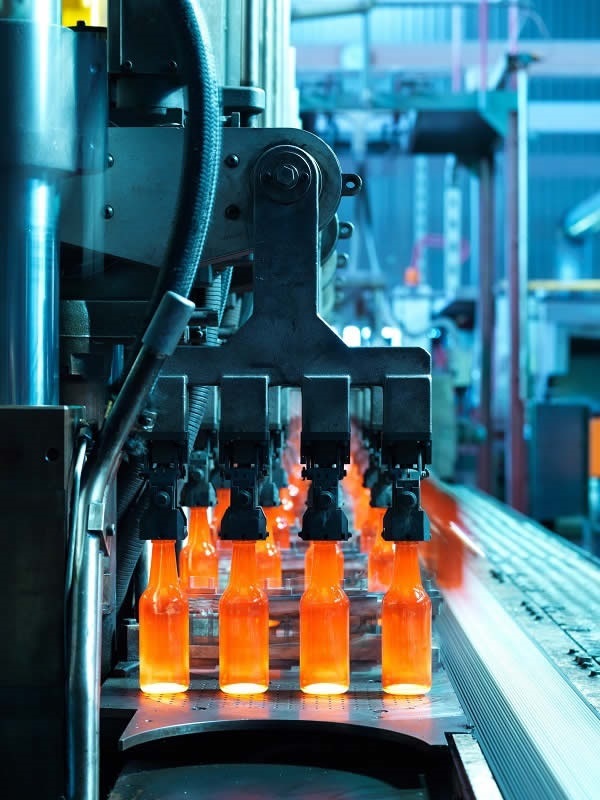In the realm of manufacturing, few industries possess the captivating blend of artistry and scientific precision quite like glassmaking. Behind the shimmering surfaces of glass products lies a complex process that marries tradition with innovation, craftsmanship with cutting-edge technology. Let’s embark on a journey into the inner workings of a modern glassmaking factory, where molten silica transforms into works of beauty and utility.
The production of glass begins with the selection and preparation of raw materials. Silica sand, soda ash, limestone, and various additives are meticulously measured and mixed to create the desired glass composition. This initial stage sets the foundation for the unique properties and characteristics of the final product, whether it’s crystal-clear windows or vibrant stained glass artworks.
Once the raw materials are prepared, they are fed into a furnace, where they undergo a transformational journey at temperatures exceeding 1,500 degrees Celsius. Within the fiery confines of the furnace, the raw materials melt and blend together, forming a molten mass known as “batch.” This molten glass becomes the raw material for the myriad glass products that emerge from the factory.
From the furnace, the molten glass is carefully shaped and manipulated by skilled artisans or advanced machinery, depending on the specific requirements of the product. Whether blown into delicate shapes by glassblowers or pressed into molds with hydraulic presses, the shaping process requires precision and expertise to achieve the desired results.
Once shaped, the glass undergoes a process of annealing to relieve internal stresses and strengthen its structure. This involves slowly cooling the glass in a controlled manner to prevent cracking or warping. Annealing is a critical step in ensuring the durability and longevity of glass products, whether they’re destined for architectural use or decorative purposes.
In addition to traditional glassmaking techniques, modern factories also leverage advanced technologies to enhance efficiency and quality. Automated production lines, robotic arms, and computer-controlled systems streamline the manufacturing process, allowing for greater precision and consistency in the final product. These technological advancements not only improve productivity but also expand the possibilities for innovation in glass design and fabrication.
Moreover, sustainability has become an increasingly important consideration in the glassmaking industry. From recycling glass cullet to optimizing energy consumption in the manufacturing process, glass factories are embracing eco-friendly practices to minimize their environmental footprint. By reducing waste and conserving resources, they’re not only protecting the planet but also enhancing their long-term viability in a rapidly evolving market.
Beyond the production floor, glassmaking factories are hubs of creativity and collaboration, where artisans, engineers, and designers come together to push the boundaries of what’s possible with glass. From architectural marvels to artistic masterpieces, the products that emerge from these factories are a testament to human ingenuity and craftsmanship.
In conclusion, the art and science of glassmaking intersect in a modern factory, where tradition meets innovation, and craftsmanship meets technology. From the fiery depths of the furnace to the delicate touch of skilled artisans, every step in the process contributes to the creation of glass products that captivate the imagination and enrich our lives. As we peer behind the curtain of a glassmaking factory, we gain a deeper appreciation for the beauty and complexity of this ancient craft, which continues to evolve and inspire in the modern age.

